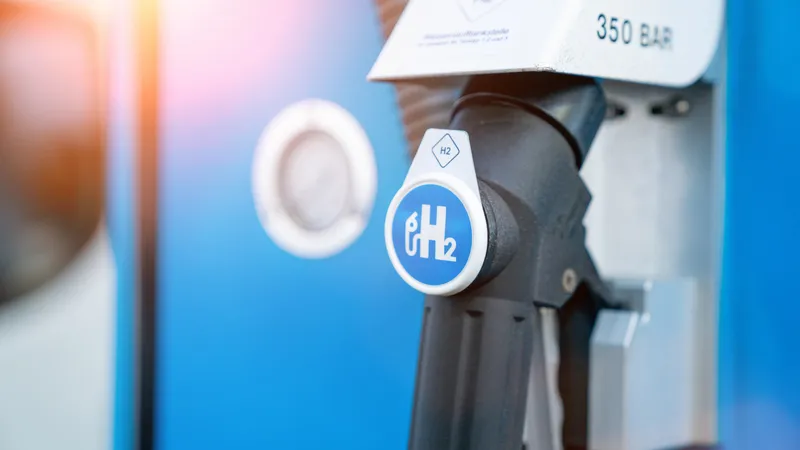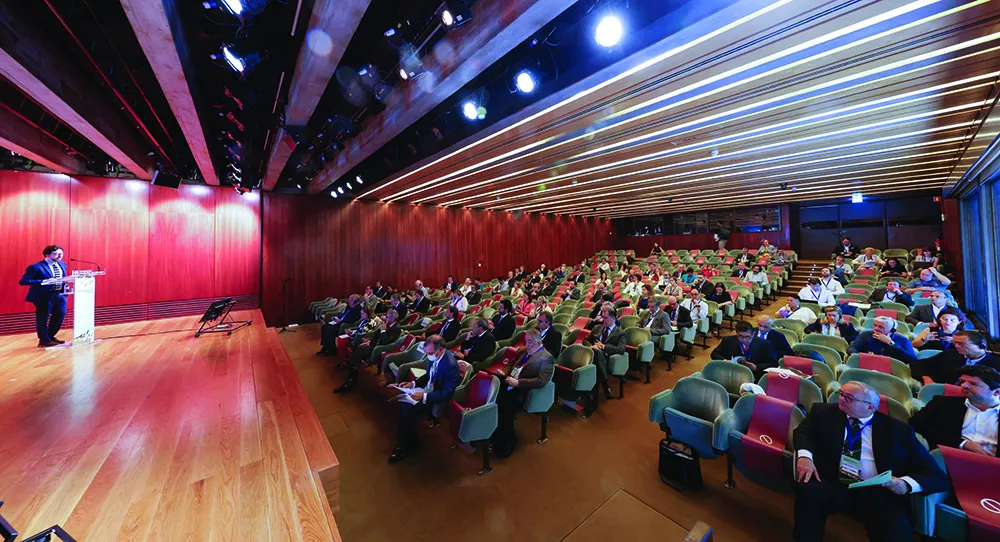California’s transportation systems are set for a radical overhaul following Governor Jerry Brown’s Executive order to reduce carbon dioxide (CO2) emissions to 40 per cent below 1990 levels by 2030. Figures from the US Energy Information Administration (EIA) show that transportation accounts for 199.3 million tonnes of CO2 - almost 60 per cent of the state’s CO2 emissions, while the next largest is industrial production (62.9 million tonnes), followed by electric power at 36.5 million tonnes, residential us
April 30, 2015
Read time: 2 mins
California’s transportation systems are set for a radical overhaul following Governor Jerry Brown’s Executive order to reduce carbon dioxide (CO2) emissions to 40 per cent below 1990 levels by 2030. Figures from the 5541 US Energy Information Administration (EIA) show that transportation accounts for 199.3 million tonnes of CO2 - almost 60 per cent of the state’s CO2 emissions, while the next largest is industrial production (62.9 million tonnes), followed by electric power at 36.5 million tonnes, residential users at 29.7 million tonnes and commercial businesses 17.4 million tonnes.
Brown’s aggressive target aligns the state with standards set by the1816 European Union last October and comes ahead of the United Nations Climate Change Conference in Paris later this year.
No indications have been given about the steps planned to meet the target but according to Brown, California is on track to meet or exceed the current target of reducing greenhouse gas emissions to 1990 levels by 2020, as established in the California Global Warming Solutions Act of 2006 (AB 32). California's new emission reduction target of 40 percent below 1990 levels by 2030 will make it possible to reach the ultimate goal of reducing emissions 80 per cent under 1990 levels by 2050. This is in line with the scientifically established levels needed in the U.S. to limit global warming below two degrees Celsius - the warming threshold at which scientists say there will likely be major climate disruptions such as super droughts and rising sea levels.
"With this order, California sets a very high bar for itself and other states and nations, but it's one that must be reached - for this generation and generations to come," said Governor Brown.
Brown’s aggressive target aligns the state with standards set by the
No indications have been given about the steps planned to meet the target but according to Brown, California is on track to meet or exceed the current target of reducing greenhouse gas emissions to 1990 levels by 2020, as established in the California Global Warming Solutions Act of 2006 (AB 32). California's new emission reduction target of 40 percent below 1990 levels by 2030 will make it possible to reach the ultimate goal of reducing emissions 80 per cent under 1990 levels by 2050. This is in line with the scientifically established levels needed in the U.S. to limit global warming below two degrees Celsius - the warming threshold at which scientists say there will likely be major climate disruptions such as super droughts and rising sea levels.
"With this order, California sets a very high bar for itself and other states and nations, but it's one that must be reached - for this generation and generations to come," said Governor Brown.








